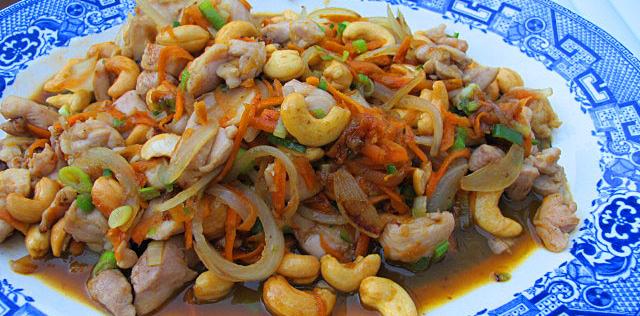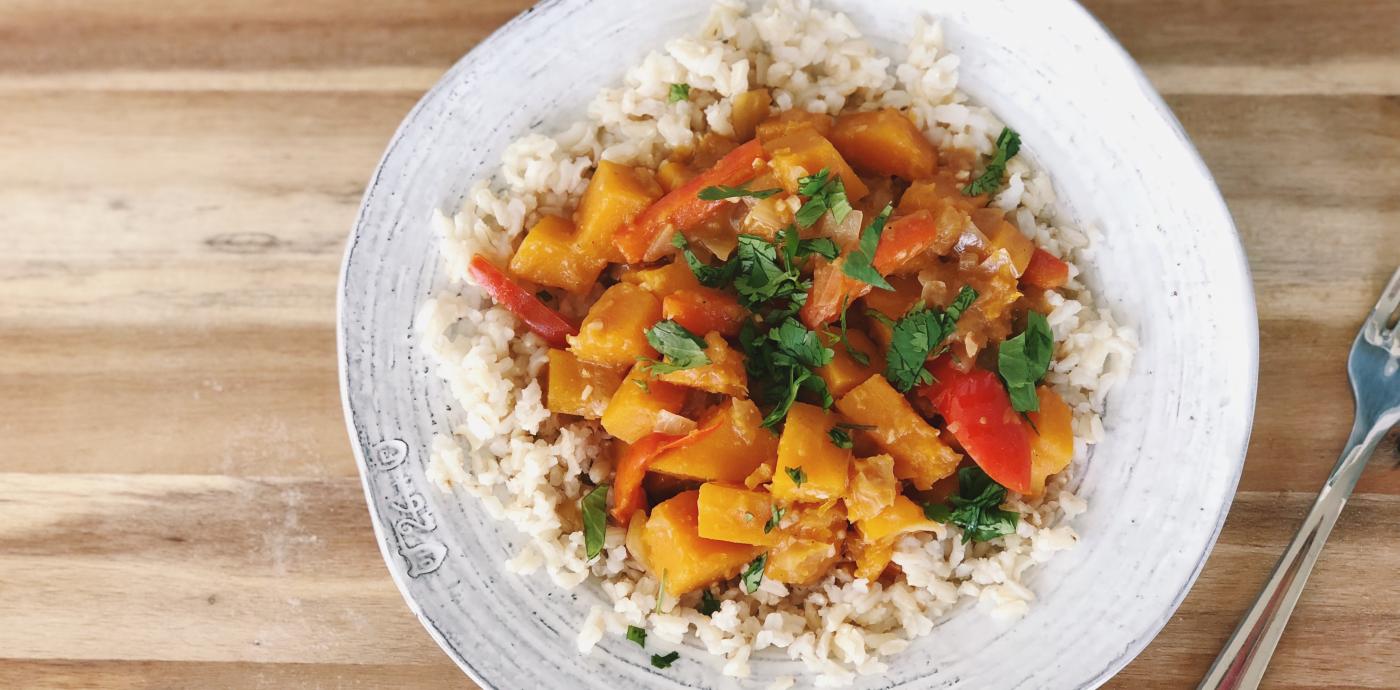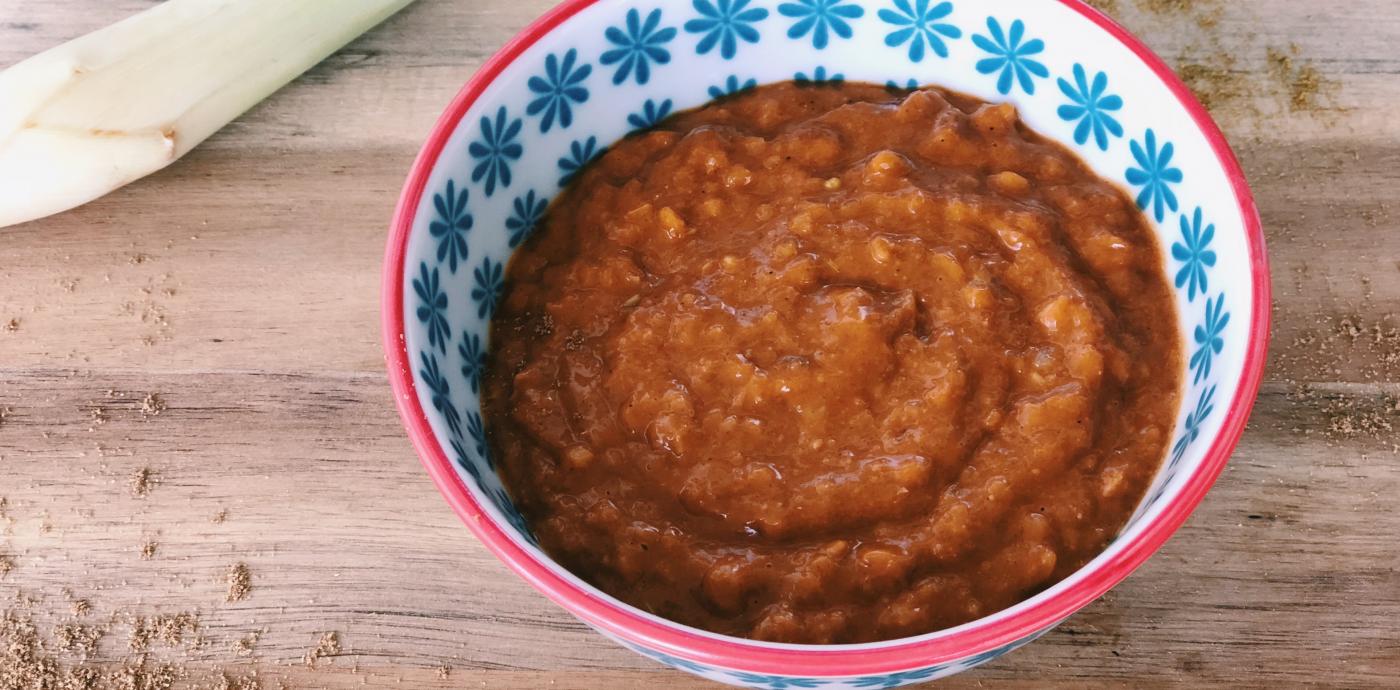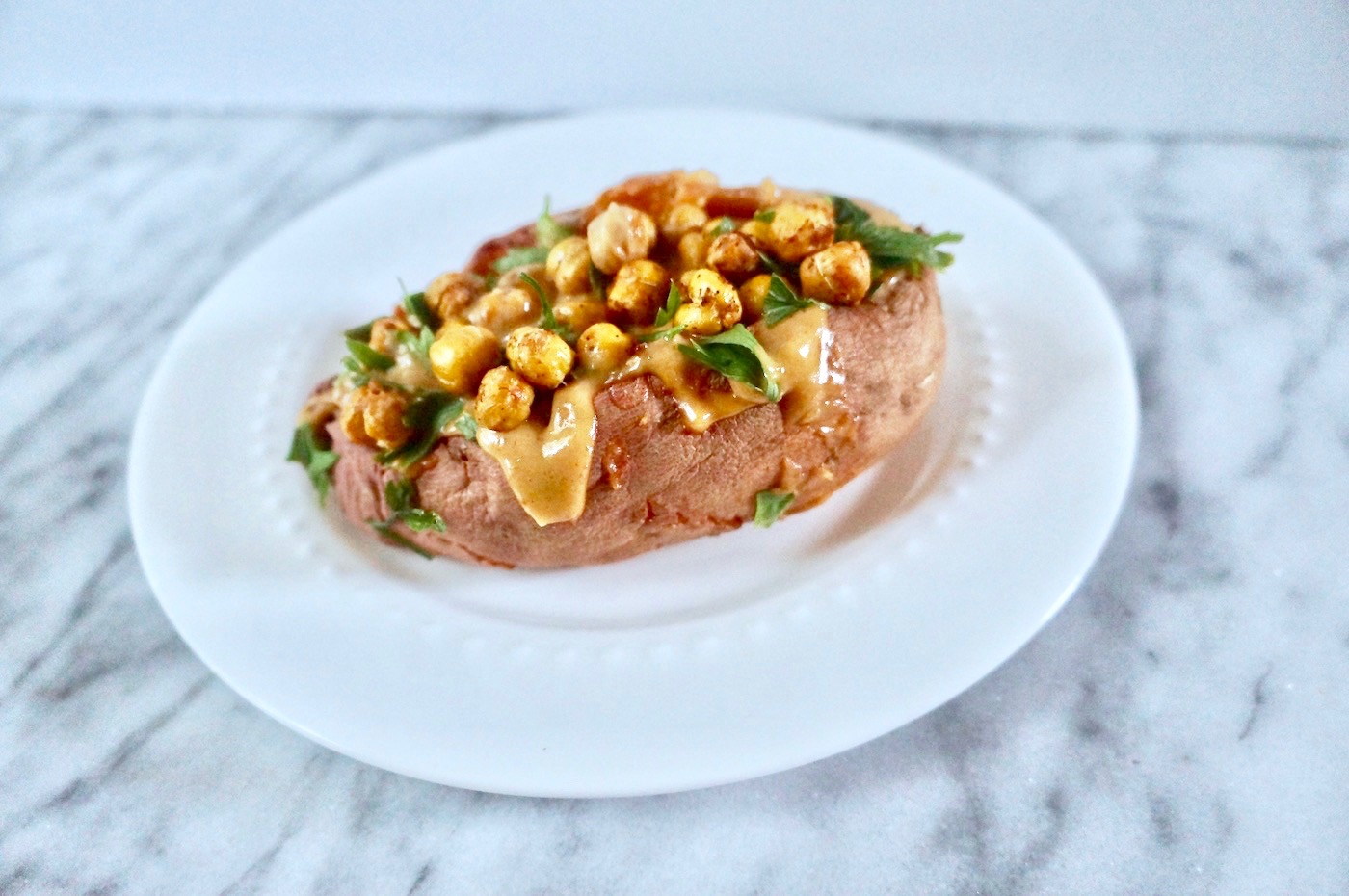Our Traditional Asian Diet Pyramid is influenced by the cuisines of dozens of Asian nations, including those in Southeast Asia, the Far East, and the Indian Subcontinent. Today, we’re exploring a culinary gem of Southeast Asia: Thailand!
The Kingdom of Thailand is a beautiful nation located in Southeast Asia. Much of central Thailand borders Myanmar, Laos, and Cambodia, while Southern Thailand extends two-thirds the length of the Malay Peninsula bordering Malaysia in the south, giving Thailand a geography that includes mountains, central plains, and miles of beaches. Formerly known as Siam, Thailand has a long and rich history and is the only country in Southeast Asia that was never colonized by the West (in recent history, Portugal, Spain, France, and Holland have occupied other parts of Asia).
Given its diverse geography, history, beauty, welcoming society, and delicious culinary traditions, Thailand has become a popular tourist destination. From Chiang Mai, a city located in the country’s mountains, known for elaborate Buddhist temples and elephant sanctuaries, to the stunning coastline and island destinations of Phuket, Krabi, and Koh Chang, to the nightlife, entertainment, and shopping found in the Thai capital, Bangkok; tourism is the major contributor to the economy.
Thailand is certainly known for its food. More than 2,000 years ago, the Thai people originally migrated from Southern China, and brought with them spicy cooking and rice. The Thai population has grown to include many peoples from bordering nations including the Khmer of Vietnam and Cambodia with their traditions; the Malays, who brought more spices, coconuts, and satay to the kitchen; and a strong influence from nearby India, who brought spicy seasoning such as cumin, cardamom, and coriander, as well as curry dishes. Curry dishes in Thailand are quite different than their Indian cousins, but pervasive and distinct throughout the country. Fish and shellfish rule the coastal areas, while meat is more prevalent to the north and central regions.
Much of Southeast Asian cuisine uses many of the same ingredients and can be described as “hot, sour, sweet, and salty,” all tenants of Thai cuisine. Thai recipes tend to be easy to prepare, but with many ingredients used to create the distinct flavors of Thailand. Thai food is known for its unique combinations of seasonings and for being very spicy. Chili peppers are a new world ingredient that likely made their way to Thailand via Portuguese traders in the early 1600s. They were quickly adopted, and a heavy use of chili peppers is often found in this equatorial cuisine.
Dishes are carefully balanced to bring out all the flavors. For example, some spicy Thai dishes will include lemongrass, ginger, lemons, or limes, which all have tart flavorings to balance it out the fire. Additionally, soups, rice, mild noodle dishes, and sweet desserts are also often served with a meal to help balance out the spicy dishes. Dipping sauces and extra chilis are commonly included with a meal. Spicy sambal oelek (chili garlic sauce) is served at every table, as salt and pepper shakers are found on Western tables.
Thais eat communally. Food is not served in individual portions, and there is no concept of a plate of food belonging to only one person. The exception being street food, sold from kiosks in individual portions-a wonderful Thai tradition. Usually, the same number of dishes are prepared for the amount of people present, but they are all shared and enjoyed together-it is considered bad luck to eat alone. All food brought to the table at once, not in courses and there is an emphasis on balance of flavors, textures, spice, and protein.
Are you ready to explore Thai cuisine? Learn about the foundations of the Traditional Asian Diet, and then check out one of our Thai-inspired recipes below:
Thai Peanut-Stuffed Sweet Potatoes
Red Curry with Kabocha Squash and Brown Rice
Thai Chicken with Cashews (Gai Phat Med Ma Muang)
Annie Copps, for Oldways









